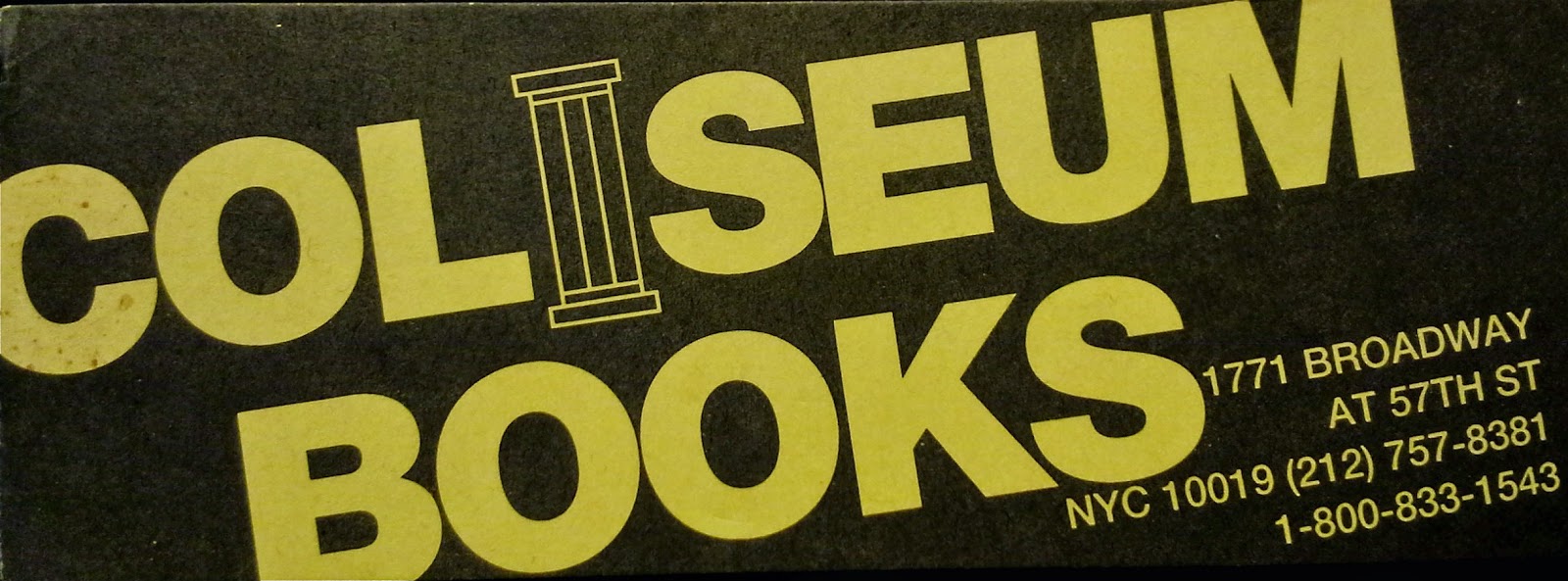 |
| Tom Hiddleston, working his magic in the recording booth. GIF via wifflegif.com |
In a highly sensual recording, Tom Hiddleston reads the erotic e. e. cummings poem "May I Feel Said He." The poem was originally published in cummings' 1935 collection of poetry, titled No Thanks. It is astounding that Hiddleston's recording of the incredibly sexy poem hasn't either broken the Internet or spontaneously, simultaneously gotten millions of women all over the world instantly pregnant.
You may listen to Tom Hiddleston read "May I Feel Said He" at this SoundCloud LINK. If you would like to know the words to this memorable poem, see below.
may i feel said he
by e. e. cummings
may i feel said he
(i'll squeal said she
just once said he)
it's fun said she
(may i touch said he
how much said she
a lot said he)
why not said she
how much said she
a lot said he)
why not said she
(let's go said he
not too far said she
what's too far said he
where you are said she)
not too far said she
what's too far said he
where you are said she)
may i stay said he
(which way said she
like this said he
if you kiss said she
(which way said she
like this said he
if you kiss said she
may i move said he
is it love said she)
if you're willing said he
(but you're killing said she
is it love said she)
if you're willing said he
(but you're killing said she
but it's life said he
but your wife said she
now said he)
ow said she
but your wife said she
now said he)
ow said she
(tiptop said he
don't stop said she
oh no said he)
go slow said she
don't stop said she
oh no said he)
go slow said she
(cccome?said he
ummm said she)
you're divine! said he
(you are Mine said she)
ummm said she)
you're divine! said he
(you are Mine said she)












